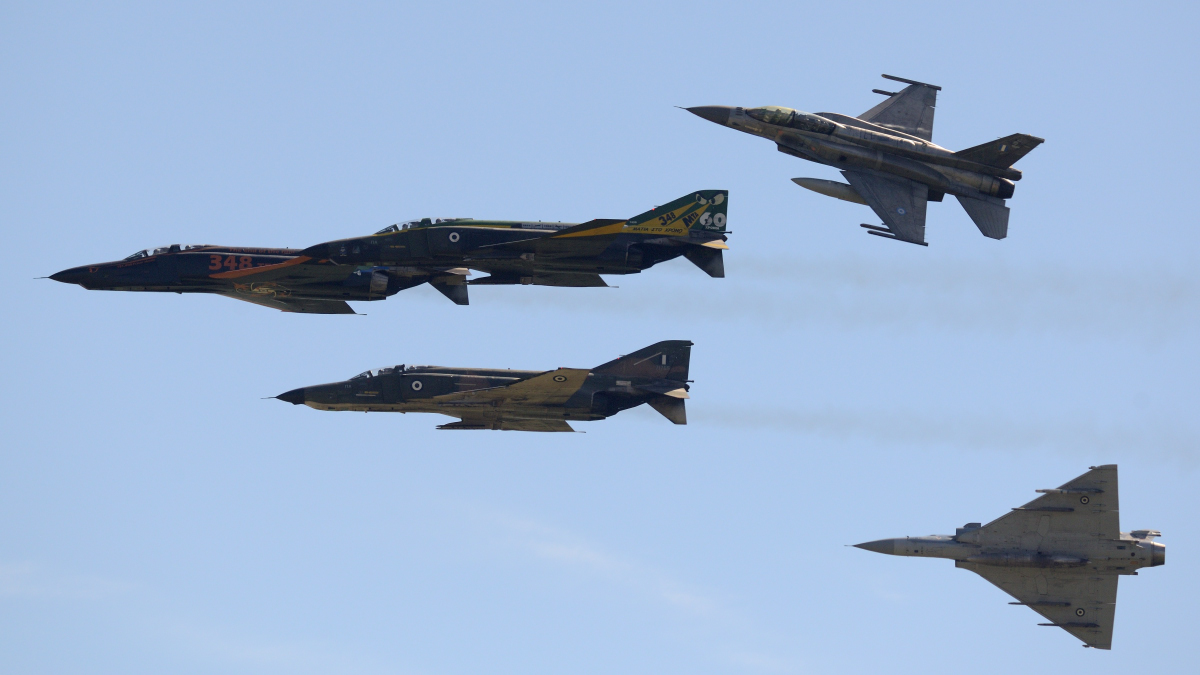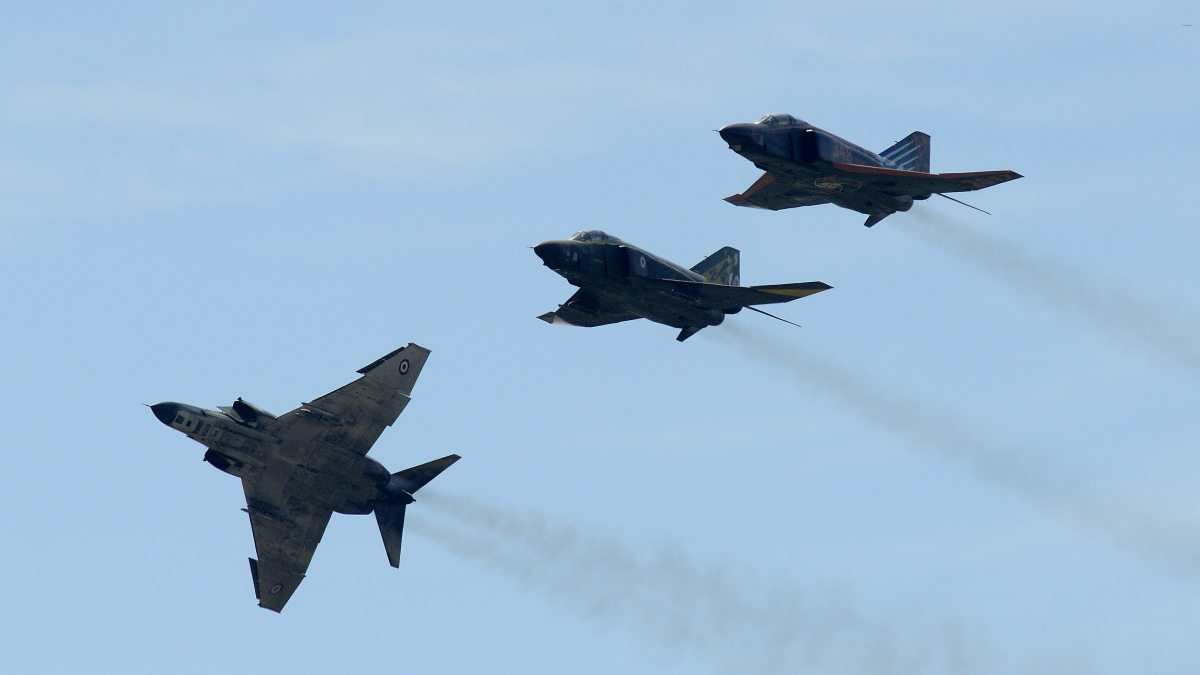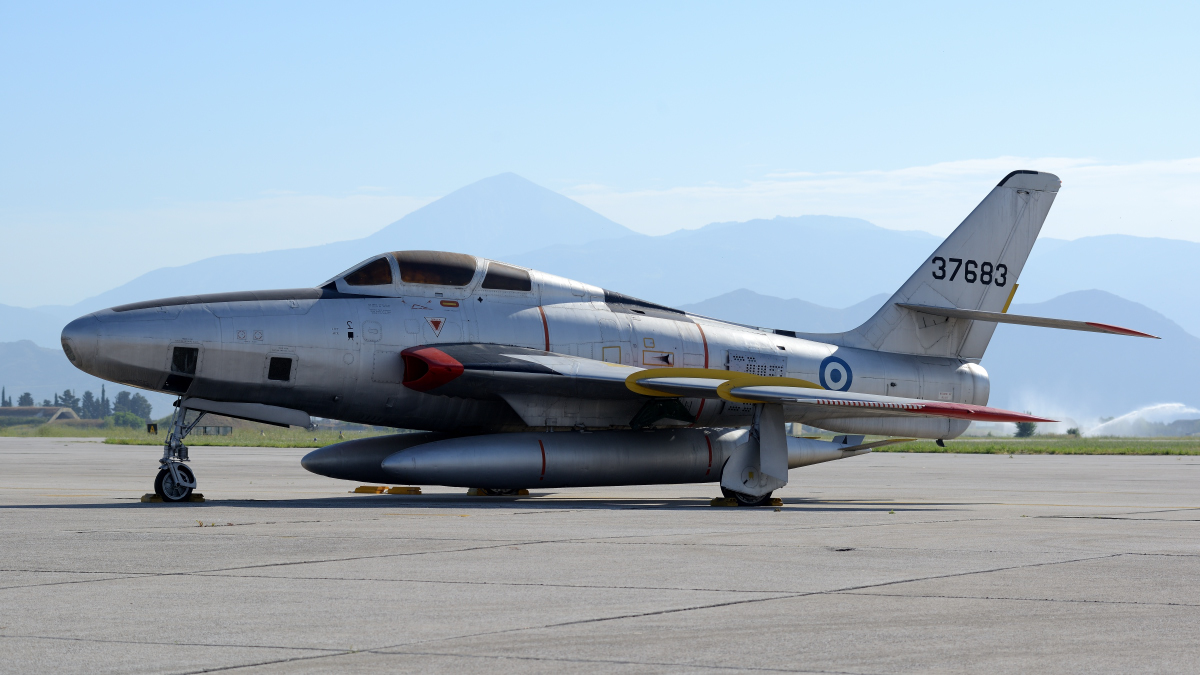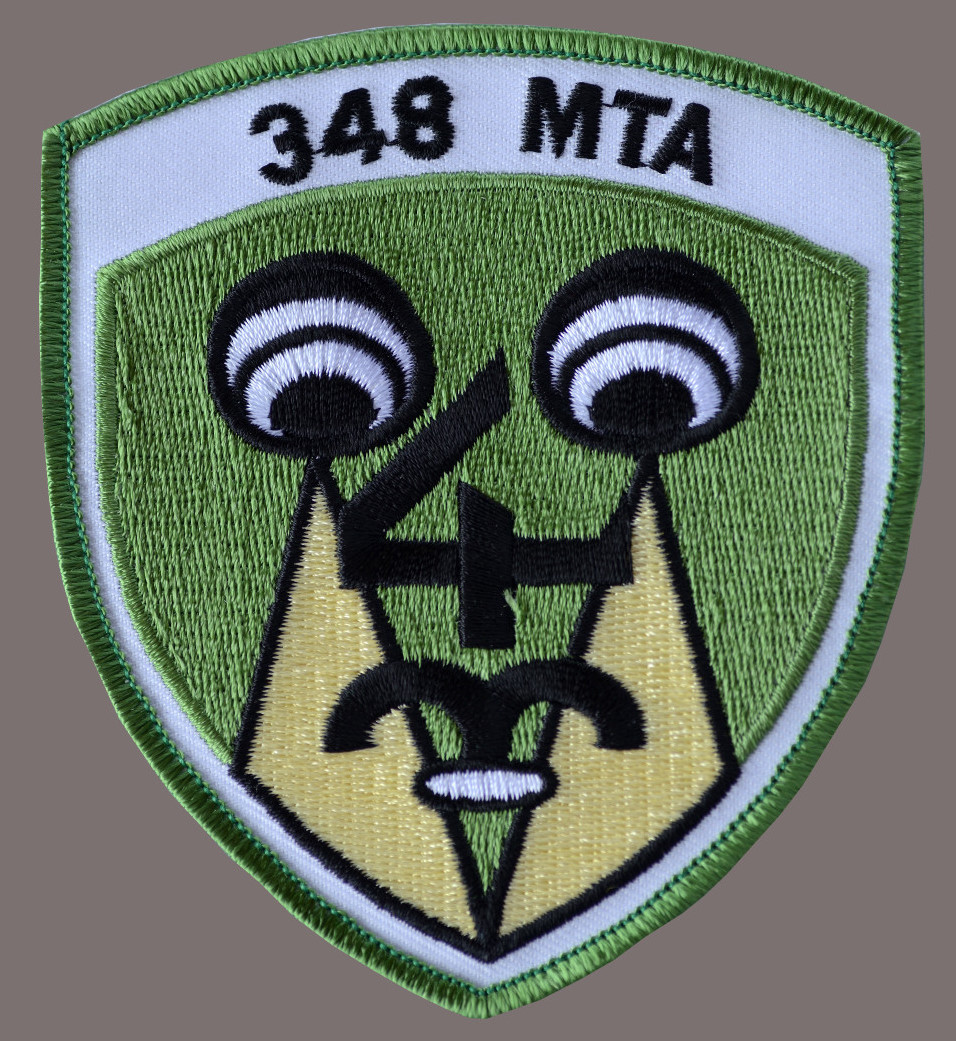AVIOBOOK.com
"the on line aviation corner"
edited by mauro finati/flighline iaps and paolo rollino/aviation reports
END OF THE GREEK EYES
The Hellenic Air Force Retires The Last RF-4E Recce Phantoms
(testo e foto di Mauro Finati)
On May 5, 2017 the final chapter in the history of the recce Phantom fleet in service with the Hellenic Air Force (HAF) has been written when the final flight of the last three RF-4Es took over at Larissa AB, in Central Greece. The distinctive owl of their J79-GE-17 jet engines will no longer heard around the base while their unit, the 348 Mira Taktikis Anagnoriseos "Mātia" (Tactical Reconnaissance Squadron "Eyes"), has been closed down, leaving the Japan Air Self Defence Force and the Iranian Republic Islamic Air Force the sole worldwide remaining operators of the type.

The Hellenic Air Force's 348 MTA is one of the older unit of the Hellenic Air Force; it was established in 1953 as a reconnaissance Flight within the 110 Wing, at that time equipped with the F-84G. In 1955 it was given the status of Squadron (Mira) flying the Lockheed RT-33A and the RF-84F "Thunderflash". The unit received its first eight RF-4E Phantom II between June 1978 and April 1979. These aircraft were delivered brand new, wrapped in a South-East Asia camouflage. These new birds were flown alongside the existing Thunderflashes which were retained into service and flown from Larissa Air Base mainly for training purposes, till the withdrawal of the old Republic jets in 1990.
The 348 MTA Phantom fleet was then implemented with a large number of ex Luftwaffe RF-4E in 1993, when 27 recce Phantoms flowed to Larissa from Germany, significantly boosting the tactical reconnaissance capability of the Hellenic AF. A number of these aircraft have been used as a spare parts sources while the remaining ones were maintained in airworthy condition in their distinctive dark green-dark grey lizard color scheme. The Greek recce Phantoms have been intensively used, recording a significantly high number of flying hours; however, the elective low level mission profile of these aircraft has led to an high attrition rate. As far as it is known, seven aircraft have been lost to flying accidents, four of them belonging to the original lot.

As of September 2013, only 12 RF-4Es were reported operational. During the 38 years that the Phantom remained in service with 348 Mira, more than 98.000 flight hours were logged, a much larger figure than that logged by the other aircraft that have been flown by the unit.
For a long time, the RF-4E provided the HAF with the only available all-weather reconnaissance capability since the introduction into service of the UTC AEROSPACE SYSTEMS's DB-110 pod, an highly sophisticated tactical dual-band, day/night digital reconnaissance system carried by the F-16. The Greek RF-4 fleet didn't received any substantial upgrade or system improvements, similar to those which was implemented on the F-4E fleet under the "Peace Icarus 2000" program.

As said, two different kind of Recce Phantoms served with the Hellenic AF; they were distinct mainly by their camouflage scheme. Those belonging to the batch delivered from the USA have preserved their original three tones, tan-green, Vietnam-type color scheme while those delivered second-hand from Germany maintained their dark green-dark gray camo that was a Luftwaffe standard from the mid-eighties onward. These aircraft served in the primary role of the tactical reconnaissance; however, they also had a secondary role as they fulfilled electronic warfare operations supporting the Air Force itself and the other national armed service. For the reconnaissance role, the camera compartment in the aircraft nose could accommodate up to three different photographic apparatus, depending of the mission requirements. These could be: KS-87B, a general purpose camera; KS-127A LOROP (Long Range Oblique Photography), a film camera for high altitude strategic reconnaissance missions, KA-56E, a panoramic low altitude film camera, KA-91B, an high altitude panoramic film camera and AAD-5, an infra-red scanner for day/night missions.
For their secondary role instead, the Hellenic RF-4Es were equipped with the ASTAC pod that is a reconnaissance system used to intercept and analyze tactical and technical data on Radio Frequency emissions radiated by land-based radars and weapon systems. The ASTAC sensor was packaged in a supersonic pod that was fitted to the RF-4E centerline station.
On 5th May 2017 an official event took place at Larissa AB to celebrate the impending closure of the 348 Mira and the retirement of the legendary RF-4E. A spotters day was organized on Thursday 4th May which saw 514 registered enthusiasts attend the event, mainly from abroad.






















